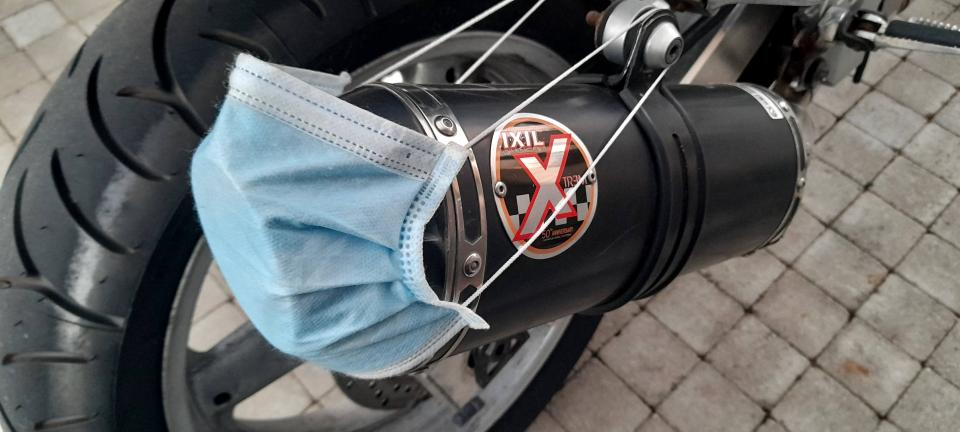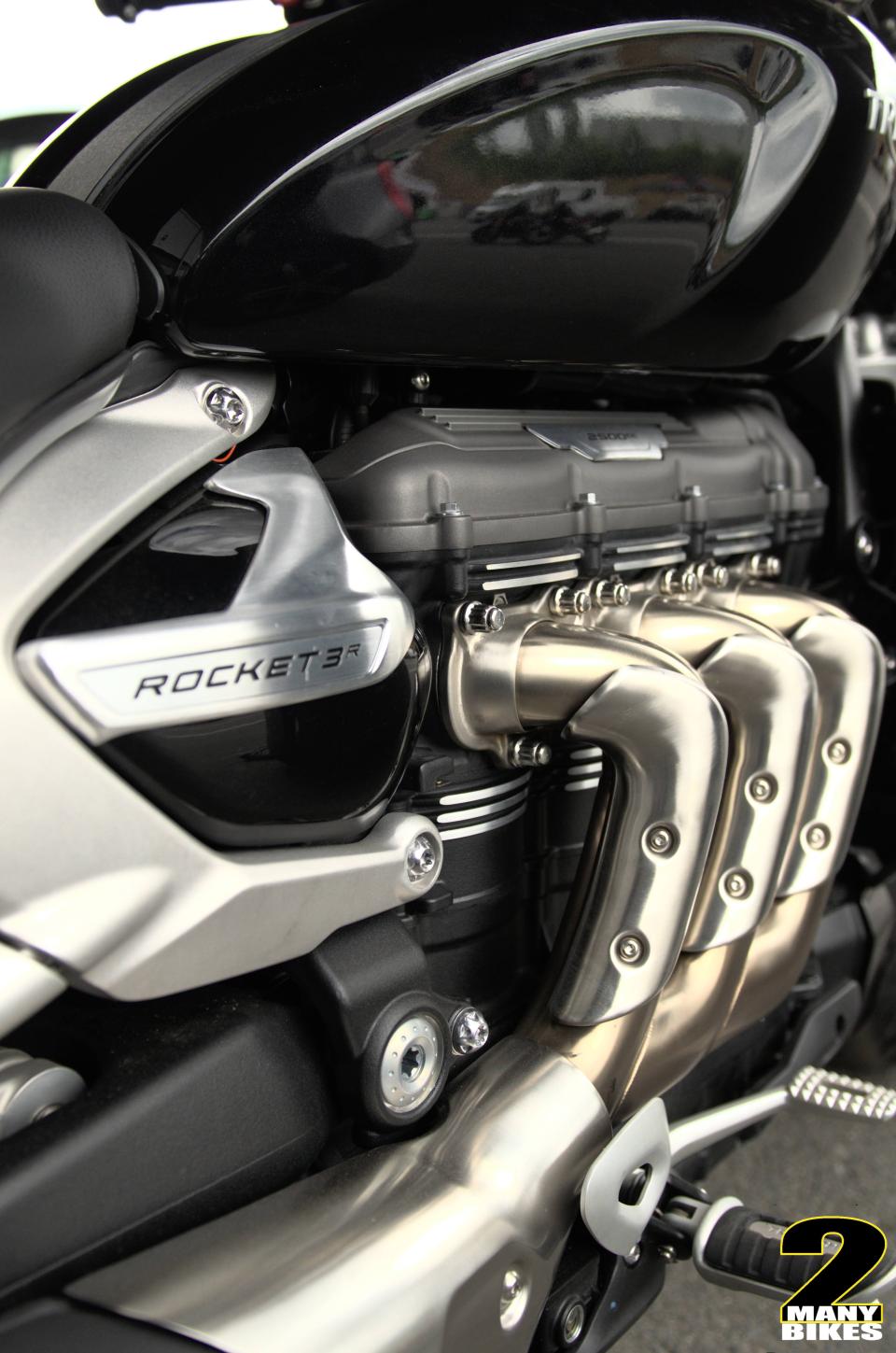The current Euro 5 emission standard is about 3 years old and was introduced in 2021.
Time to change this up, there will be another standard called Euro 5+ which is planned to be introduced for 2024.
You might think that a piece of EU legislation is relevant only on that continent, but European emission rules are fast becoming the closest thing we have to a worldwide standard.
Massive international bike markets including India and China also base their legislation on Europe’s emissions limits, and Japan also aligned itself with Euro 4 back in 2017.
Many manufacturers have felt the impact of the current standard, forcing them to withdraw models for the European motorcycle market. We said goodbye to one of the best supersport bikes thanks to stricter emission standards, being the Suzuki GSX-R 1000.
On the other hand, it also introduced new models, such as the Harley-Davidson Sportster 1250. Although Euro 5 is still in force, Euro 5+ (with emphasis on the +) aims to further improve, but not significantly change, motorcycle emission standards by requiring more advanced on-board diagnostics from the ECUs (engine control units) and a few other things.
While the transition from Euro 4 to Euro 5 was important, the transition from Euro 5 to Euro 5+ will not be such a big leap.
Passing the emissions tests alone will not be enough, and instead on-board diagnostics, durability testing and noise testing will be included in the criteria. The criteria to meet are still unknown at this point.
Essentially, the '+' in Euro 5+ is not a total innovation, but a refinement of the current standard.
The emission standards are similar to those of Euro 5, so all emission limits are maintained and most of the work put into the combustion system does not have to be redone.
The Euro 5 regulations required a lot from the manufacturers, such as durability tests for the catalytic converters, OBD II systems (emission control system), misfire checks and a system to detect a deficient lambda sensor which measures the oxygen content in the exhaust gasses.
Euro 5+ retains the current emission limits, but the '+' is to ensure full compliance with the standards in the long term.
One of the changes we will see is in the durability testing of the catalytic converters. For the Euro 5 standard a mathematical 'reduction calculation' was acceptable, but under Euro 5+ a mileage test must be carried out to see if the parts will hold up over time.
The OBD II level is also getting an update, with Euro 5+ requiring the ECU to check at least 10 percent of the time the vehicle is in use. The diagnostic sequence includes checking the catalytic converter and the condition of the sensors.
That's Euro 5+ in a nutshell. It can get really complicated, but we've summarized it as best we can.




